Deck & Commander Strategies
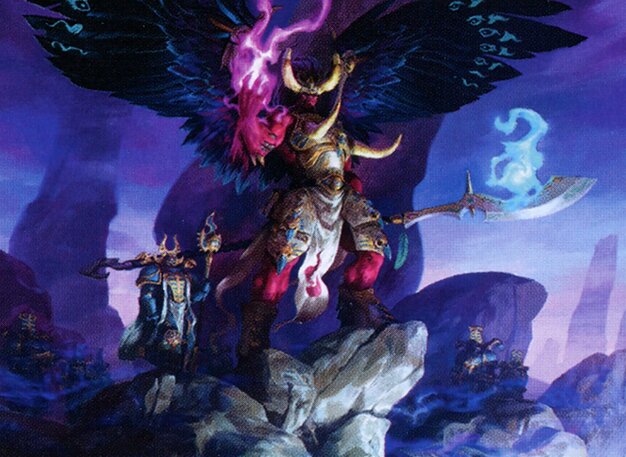
Magnus the Red
The game plan was to flood the board early on with creature tokens. Once Magnus was cast, they played big Haymaker spells to get ahead and wipe out opponents.

Celestine, the Living Saint
The strategy revolved around gaining large chunks of life to trigger Celestine's resurrection ability. The aim was to maintain a board full of flyers and create an unstoppable value engine.
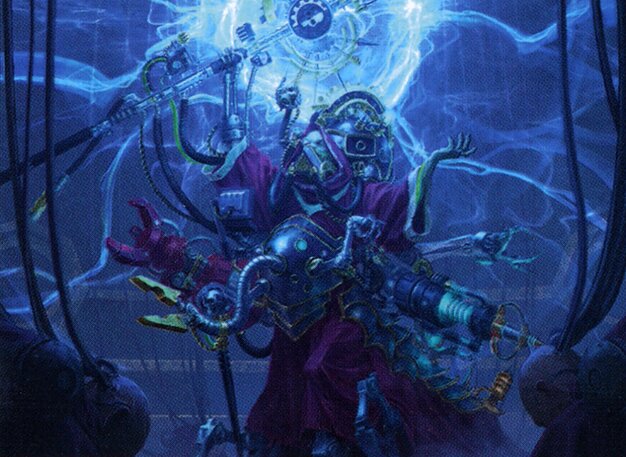
Belisarius Cawl
The plan was to assemble a complex artifact engine that allowed multiple uses of Belisarius' abilities. The aim was to deploy an army of Space Marines and conquer the table.
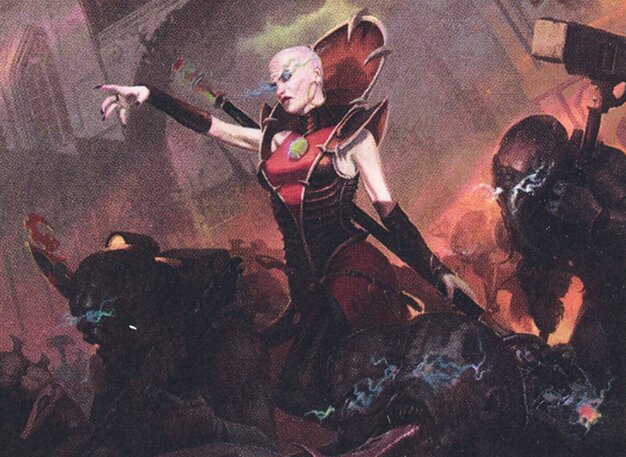
Magus Lucea Kane
The strategy involved copying X costed spells multiple times each turn. The plan was to play a giant X spell, make multiple copies, and maintain a board full of massive creatures.
Gameplay Insights
- 1
The use of Sylvan Library to draw additional cards was a key factor in maintaining card advantage. It was a risky move that paid off.
- 2
The deployment of Unbound Flourishing early in the game set the stage for massive X-spell plays.
- 3
The successful resurrection ability of Celestine, the Living Saint created a significant advantage, allowing for continuous creature recursion.
- 4
The creation of a complex artifact engine using Belisarius Cawl showcased an innovative and effective win condition.
Notable Cards
-
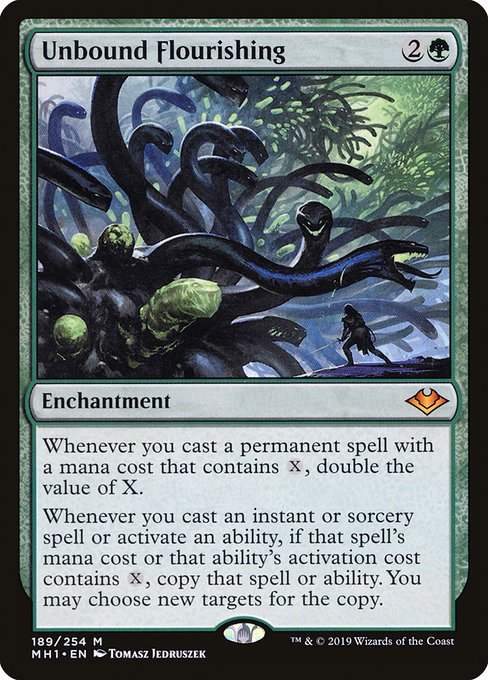
Unbound Flourishing
-
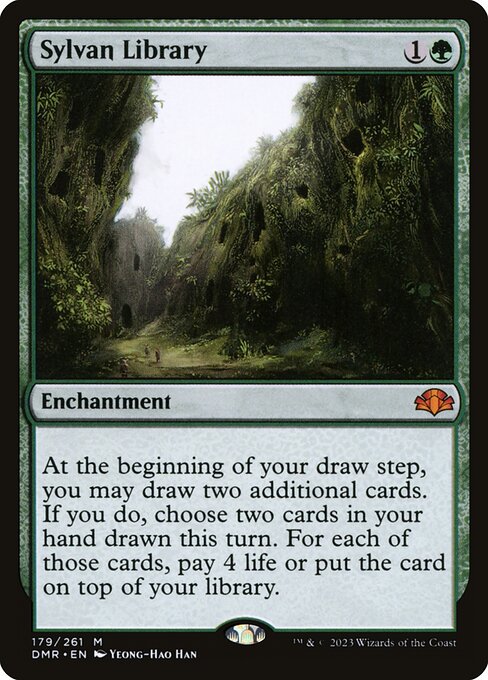
Sylvan Library
-
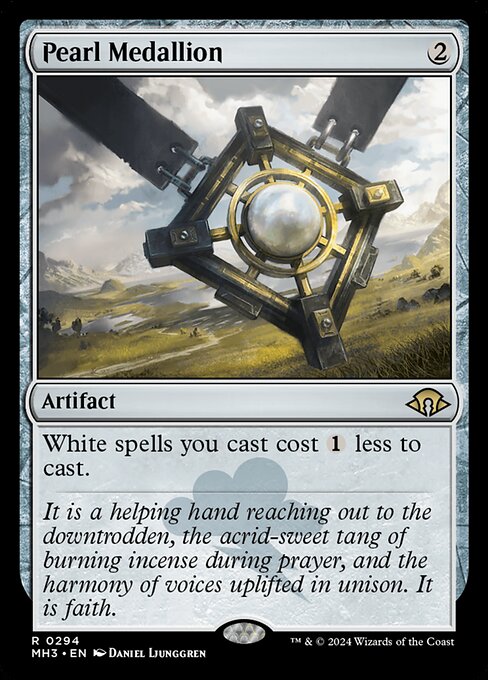
Pearl Medallion
Gameplay Summary
In this game of Magic: The Gathering Commander, the players used decks built around the Warhammer 40K Commanders to engage in a thrilling battle.
The game featured a lot of wild swings and crushing blows, with each player utilizing their unique deck strategies to gain an upper hand.
Despite the intense competition, it was the player wielding the Magnus the Red deck who ultimately triumphed, using a combination of creature tokens and big spells to overwhelm the opponents.






































